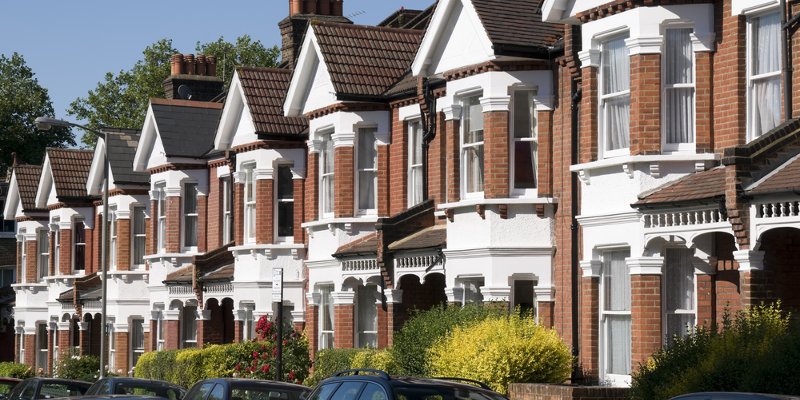Average house prices have increased by 3.0% in the year to June 2018 but were down from 3.5% in May 2018, its lowest annual rate since August 2013 when it was also 3.0%, the ONS House Price Index has found.

Average house prices have increased by 3.0% in the year to June 2018 but were down from 3.5% in May 2018, its lowest annual rate since August 2013 when it was also 3.0%, the ONS House Price Index has found.
The annual growth rate has slowed since mid-2016 and has remained under 5%, with the exception of October 2017, throughout 2017 and into 2018.
This slowdown in UK house price growth over the past two years is driven mainly by a slowdown in the south and east of England. The lowest annual growth was in London, where prices decreased by 0.7% over the year.
Jeremy Leaf, north London estate agent and a former RICS residential chairman, said: “House price growth outside of London is being supported by a continuing shortage of stock whereas the capital and the southeast can’t hide behind this excuse any longer.
“Price drops are continuing and reflect a new realism in the market - if you want to sell your property, it needs to stand out and price is the obvious way of doing it.
“Nevertheless, we are seeing more interest in property coming on the market as buyers can only hold off for so long and realistic sellers are recognising the changed market conditions.
“This is an encouraging sign and hopefully will be reinforced when many of those currently on holiday return to bolster the traditionally busier Autumn market.”
The average UK house price was £228,000 in June 2018. This is £6,000 higher than in June 2017 and £1,000 higher than last month.
On a seasonally adjusted basis average house prices in the UK were unchanged between May 2018 and June 2018, compared with an increase of 0.5% in average prices during the same period a year earlier (May 2017 and June 2017).
Across the UK, all housetypesshowed an increase in average price in June 2018 when compared with the same month in the previous year.
Semi-detached houses showed the biggest increase, rising by 4.4% in the year to June 2018 to £216,000. The average price of flats and maisonettes increased by 0.5% in the year to June 2018, to £204,000, the lowest annual growth of all property types.
Weaker growth in flats and maisonettes was driven by negative annual growth in London for this property type. London accounts for around 25% of all UK flats and maisonette transactions.
The main contribution to the increase in house prices came from England, where house prices increased by 2.7% over the year to June 2018, with the average price in England now £245,000.
Wales saw house prices increase by 4.3% over the last 12 months to stand at £157,000 while in Scotland, the average price increased by 4.8% over the year to stand at £150,000. The average price in Northern Ireland currently stands at £133,000, an increase of 4.4% over the year to Q2.
On a regional basis, London continued to be the region with the highest average house price at £477,000, followed by the South East and the East of England, which stood at £325,000 and £293,000 respectively. The lowest average price continued to be in the North East at £127,000.
The West Midlands showed the highest annual growth, with prices increasing by 5.8% in the year to June 2018, followed by the East Midlands (4.1%).
The lowest annual growth was in London, where prices decreased by 0.7% over the year. This is its lowest annual growth rate since September 2009 when it was negative 3.2%.
London has shown a general slowdown in its annual growth rate since mid-2016. The second-lowest annual growth was in the North East, where prices decreased by 0.6% in the year to June 2018.
Jonathan Samuels, chief executive of the property lender, Octane Capital, said: “That the annual growth rate in London is at its lowest level since September 2009, when the UK economy was reeling from the global financial crisis, underlines the weakness of the capital's property market.
"The London property market has gone from hero to below zero in a matter of a few years. For the capital to be in a photo finish with the North East over the past year is a stark reminder of how volatile the UK property market can be in the short term.
"There's a widespread caution in the property market at present, caused by the uncertainty of Brexit and the ongoing squeeze on household income, as revealed by the latest July inflation data.”



